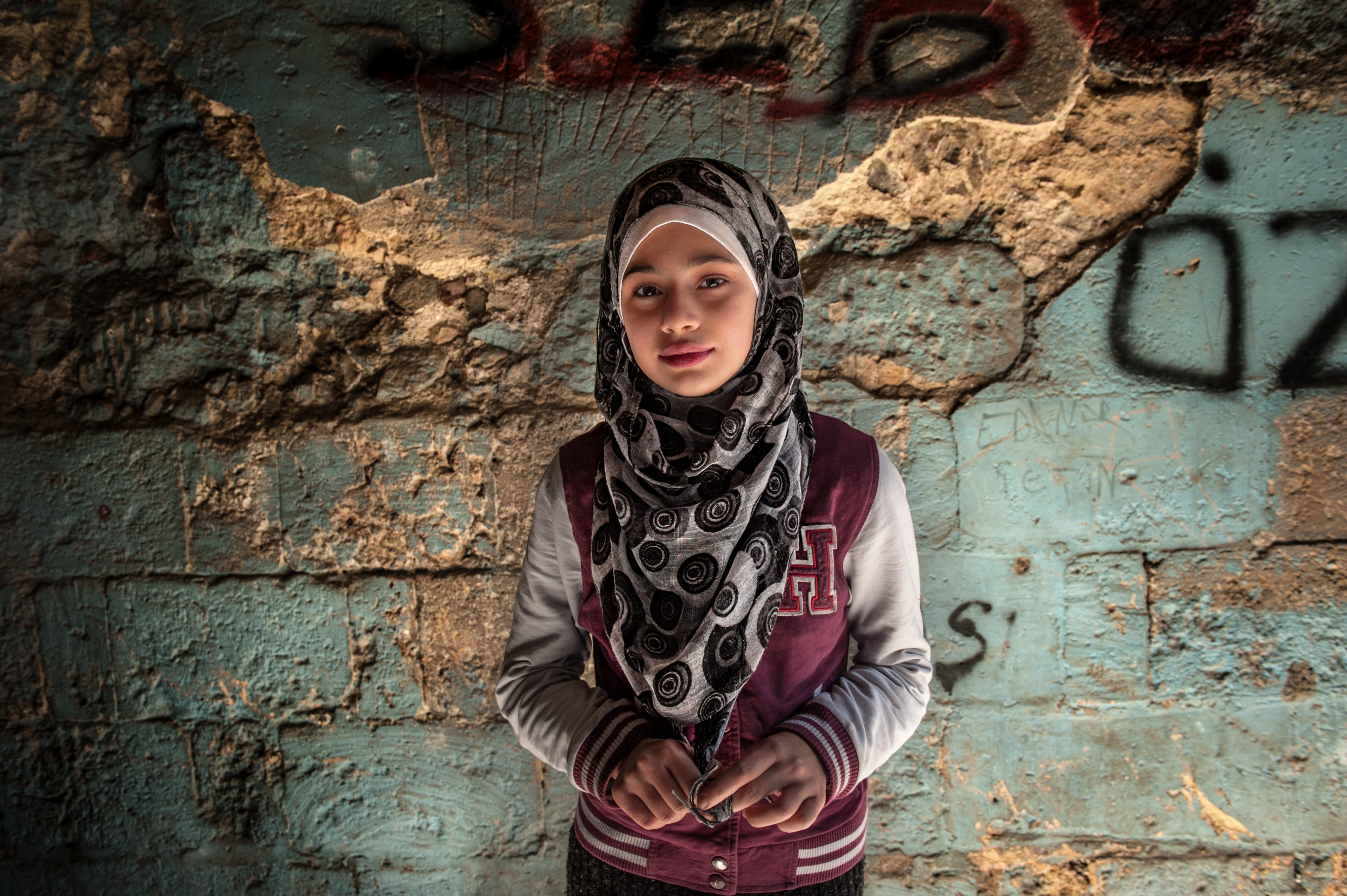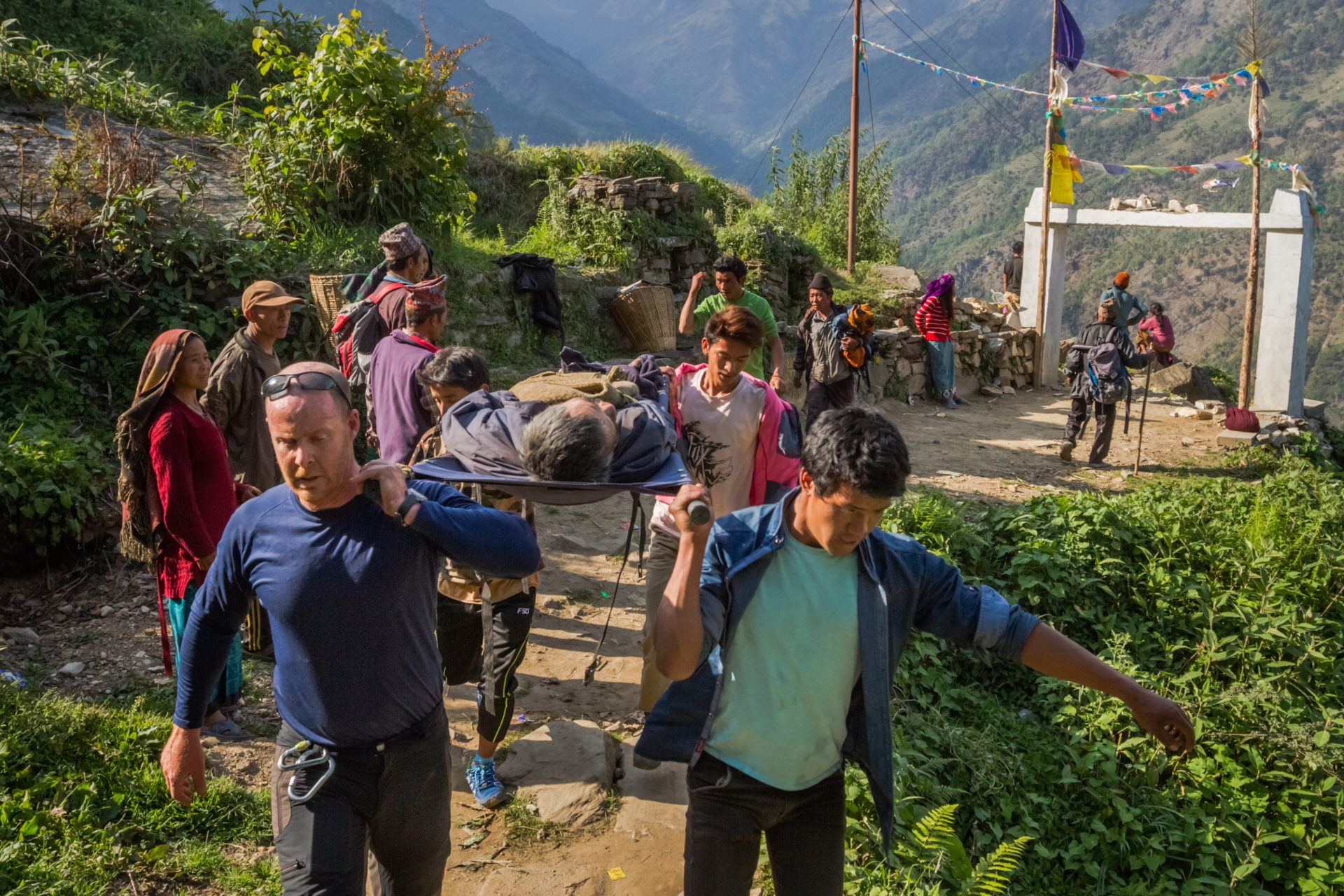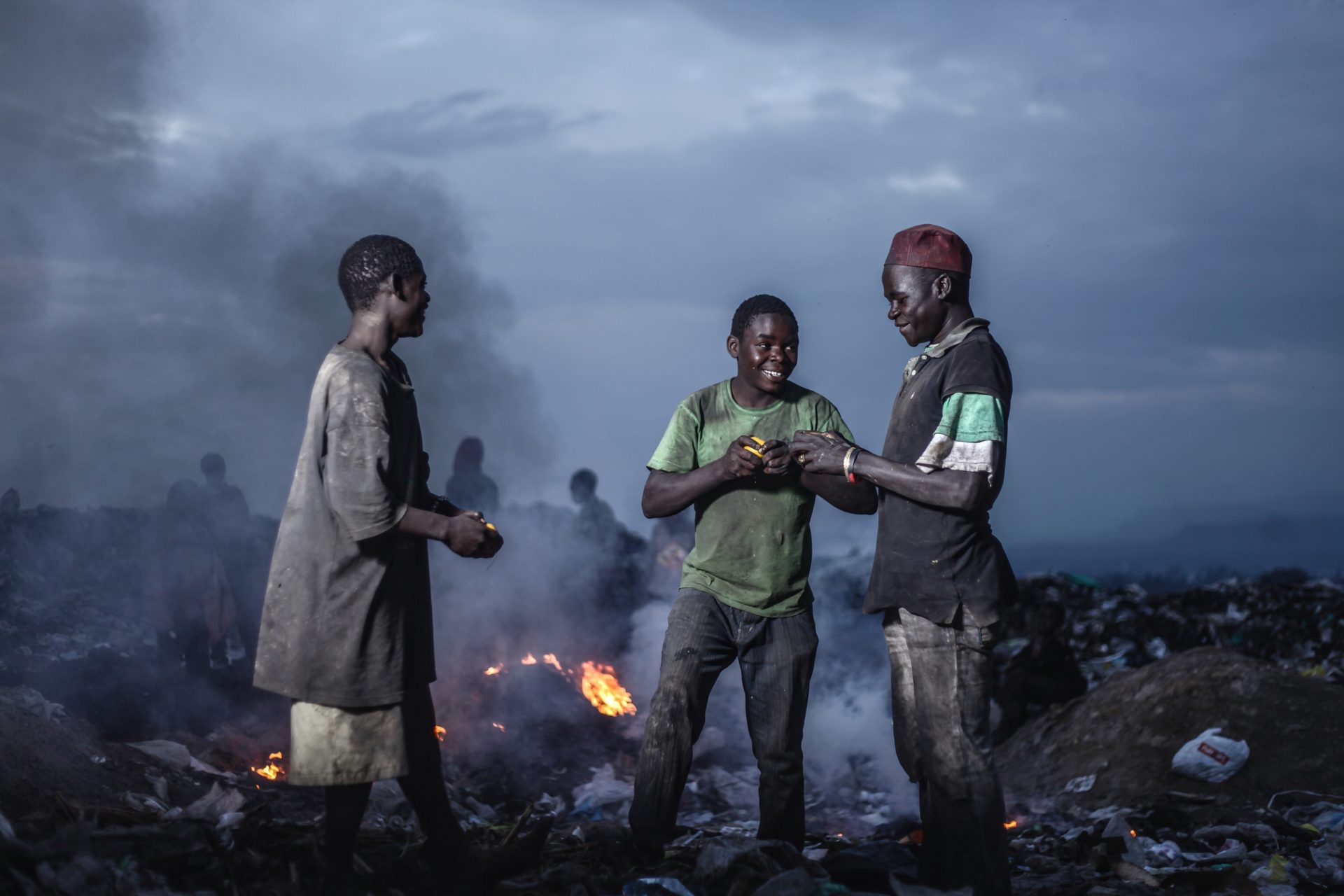
Advancing Conflict Prevention
Given the devastation that violent conflict generates, there is a huge need to prevent it before it even begins. The U.S. government and its partners have early warning systems and predictive analyses capable of determining where, when, and how the next conflict might break out. Drawing on this early warning expertise, conflict prevention refers to all the bespoke activities and operations used in a particular place to address underlying grievances, power dynamics, and fragility that are known to cause outbreaks of destabilizing violence. It also works to prevent a relapse back
into violent conflict once it has happened.
Conflict prevention can both de-escalate a triggering situation in the short term and build the resilience of a society to be able to manage stress in the long term. Examples of stressors include economic recessions, growth of an armed group or extremist faction, extreme weather events, and rise of an authoritarian regime. Building resilience to these shocks and stressors is a long-term endeavor that requires consistent engagement, political will, and dedication to development goals that make societies stronger over time. It also requires peace-building efforts that increase trust at all levels of society, as well as efforts to improve justice in countries.

Why Should the United States Government Prevent Violent Conflict?
Prevention saves money. Preventing violent conflict costs on average one-tenth the amount of money it costs to help a country recover after a conflict has happened. U.S. taxpayer dollars go 10 times as far in conflict prevention as they do in postconflict reconstruction. The international community, including the United States, could save at least $1.2 billion per year in postconflict humanitarian assistance and peacekeeping interventions if it engaged in even somewhat effective prevention efforts. According to the 2018 Pathways for Peace Report, “Even in the most pessimistic scenario in which interventions are expensive and minimally effective, the average net savings if conflict is prevented worldwide is close to $5 billion per year.”
Prevention keeps American troops out of foreign wars. Deploying civilians from agencies such as USAID and the U.S. DoS to address issues before they flare into violence preserves the lives of American military servicewomen and men and prevents the U.S. from being the world’s “police.”

Challenges to Preventing Conflict
There is little political incentive to act before a crisis occurs. How can you say that your investments prevented conflict? In fact, it is possible to demonstrate this by sharing that a society has strengthened in the ways that we know prevent conflict. Inflexible funding also poses challenges. Long appropriations cycles and inflexible accounting prevent officials on the ground from deploying programs to respond to rapidly changing conflict dynamics. Officials use “workarounds” divorced from typical funding cycles to disburse much-needed funding to address crises, resulting in a funding stream that reflects patchwork of authorities and appropriations accounts spanning several agencies with different mandates, equities, interests, tools, and capabilities.
How is the United States Government Improving its Ability to Prevent Conflict?
As part of its Transformation agenda, USAID is establishing an elevated Center for the Prevention of Conflict and Violence within the proposed Bureau of Conflict Prevention and Stabilization. USAID is also exploring ways to integrate an understanding of conflict into other development work to reduce program disruptions that result from conflict and ensure that U.S. programs do no harm as dynamics change.
In December 2018, the bipartisan Global Fragility and Violence Reduction Act. This bill, will require the Administration to develop an interagency strategy to prevent violence in fragile states. By establishing a new process to identify the causes of conflict and reallocating resources to address them, this legislation will help prevent violence more effectively and reduce its enormous cost on families and communities.
Resources for Congressional Staff
Pathways for Peace: Inclusive Approaches to Preventing Violent Conflict. World Bank and UN, 2017. Evidence on how conflict prevention works, its cost savings, and why it’s important.201
Peace Works: America’s Unifying Role in A Turbulent World. Rick Barton, April 2018. Makes the case for American leadership in conflict prevention and mitigation in areas of U.S. national interest.202
Building The Middle – Global Cooperation at the Frontier: Innovative Finance in Fragile Contexts. InterAction, January 2019. A brief that argues for increased and improved private sector investment in fragile contexts that stimulates sustainable development.203